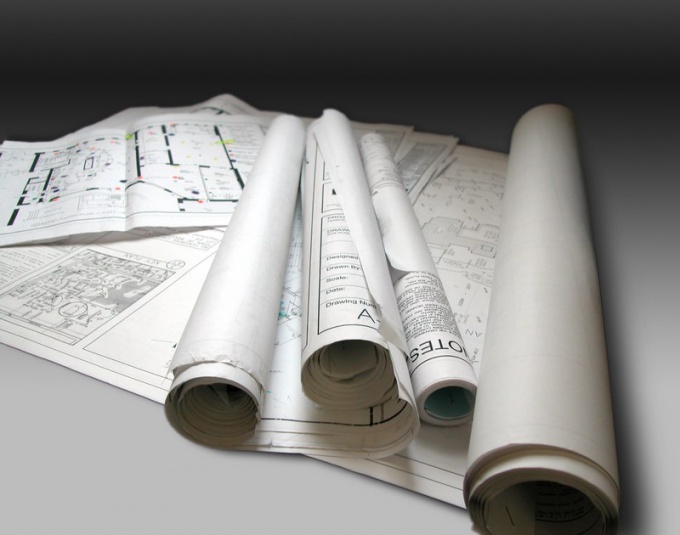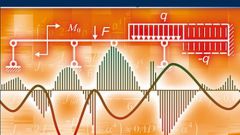Instruction
1
In the selected scale build the kinematic scheme. Then to the drawing, and apply a fixed axis, and links, which are defined. This assumes that the initial link is moving with a constant speed. The provisions of the other parts build on the known size relative to the previously defined links.
2
Further, the position of the outer links of the kinematic pairs of the mechanism vector equations describe the velocity and acceleration. To do this, use the technique of decomposing their motion into translational and rotational. Acceleration of any link of the mechanism is geometrically the sum of the acceleration of the other level is taken as pole, and acceleration, which is the first link gets around the rotation pole.
3
While solving the problem of the mechanism represented in the position for which you want to determine the acceleration of the desired link. First of all, according to the tasks determine the level (point), taken as a pole.
4
Then in the space near the kinematic scheme of the mechanism of the point - pole accelerate, the beginning of all vectors of total accelerations. Then set the scale of the building, define a fixed axis, directions.
5
Then build the vectors, the acceleration of which is known (typically vectors of the initial level). Next, make a vector equation for the unknown accelerations. In the solution of equations determine the unknown magnitude and direction, and then these solutions apply to the plan. If the unknown value of the acceleration, then the plan is applied to a video describing the direction of the acceleration vector.
6
When solving vector equations, find the value of acceleration, and the scale put the value obtained previously for direct. Next, make a vector equation for the next link of the mechanism, their velocity and acceleration determine proportions in accordance with the properties of plans, speeds and accelerations.
Note
This method is a graphical solution of the problem of the position of the mechanism links is undoubtedly striking, but not entirely accurate.

